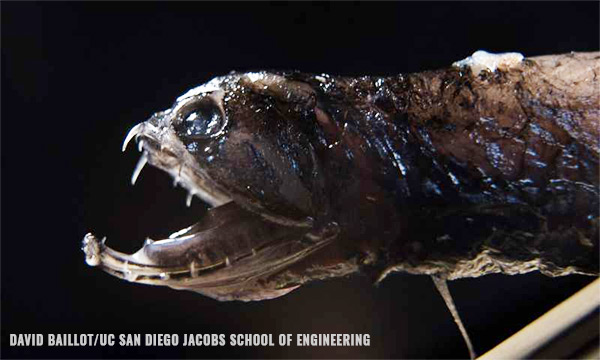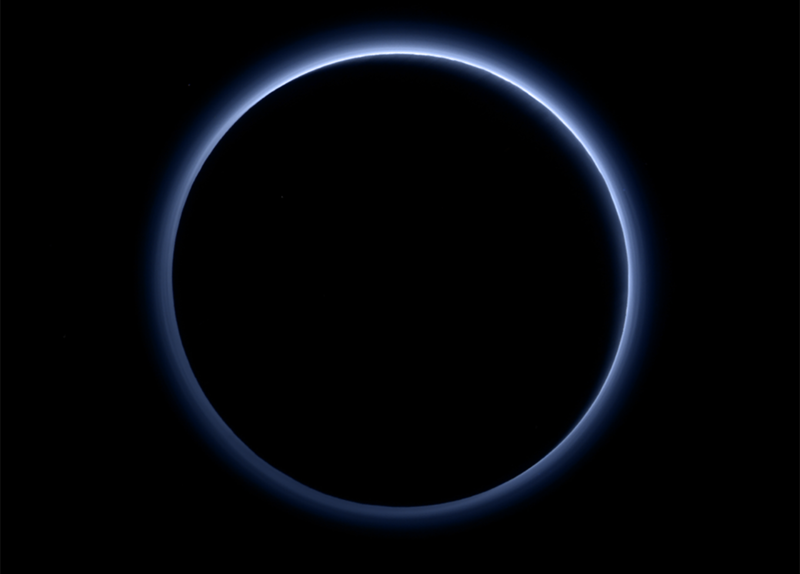Weird wonders of the deep: The coffinfish can hold its breath for up to 4 minutes at a time
12/23/2019 / By Grace Olson

It’s not every day you get to see a fish holding its breath, let alone for up to relatively long stretches of time.
But this is exactly the sight that greeted researchers Nicholas Long and Stacy Farina while observing footage captured by the National Oceanic and Atmospheric Administration’s (NOAA) remotely operated vehicles (ROV).
According to the researchers, they observed eight different individual coffinfish holding in the water they had just taken in ?— with some even holding the water in for up to four minutes at a time.
Their findings, published in the Journal of Fish Biology, may help shed light on how creatures adapt to the extreme environments of the deeper parts of the ocean, the researchers said.
A member of the Chaunacidae or the anglerfish family, coffinfish?— also known as the sea toad?— usually live at a depth of 2,000 meters below sea level, although several shallow-water varieties have allowed scientists to document this curious-looking creature.
Possessing a bulbous body and a short tail, the coffinfish is not equipped for speed — instead, it uses its arm-like pelvic and pectoral fins as paddles to slowly wade across the seafloor. Perhaps due to or because of its unique body structure, the coffinfish is a sit-and-wait type of predator: only unleashing its speed and energy once potential prey approaches its jaws.
According to the study, the researchers were combing through underwater videos gathered by NOAA when they noticed that eight different coffinfishes remained puffed up for long periods with no evidence of inhalation or exhalation, apparently holding their breath underwater.
To further investigate, the researchers decided to take computed tomography (CT) scans from museum specimens in hopes of finding out how and why these fishes hold their breaths. The chambers, the researchers found, facilitated a slow, high-volume ventilation which allows an energy-efficient process in breathing.
While previous observations may liken this expanding ability to the pufferfish who inflate their bodies to ward off potential predators, there is one major difference between the two fish: unlike the coffinfish, pufferfish still breathe and absorb oxygen even when they’re puffed up.
The researchers of this study had another more simple theory in mind to explain why coffinfishes hold their breaths: they are conserving energy.
According to the researchers, the lack of prey, coupled with the extreme environment of the deep sea, demands a lot on the bodies of its inhabitants. Some, like the dragonfish, have gaping jaws and invisible teeth that allow them to swallow unsuspecting prey bigger than their size. Others, such as the anglerfish and flashlight fish, emit faint light — an ability called bioluminescence — that can attract prey and ward off potential predators.
To survive, the researchers said, the coffinfish had to adapt and hold its breath in order to save energy and focus on catching its prey.
From these findings, the researchers were able to give a deeper insight into the mysterious creatures of the deep, giving a glimpse of how they adapt and survive in an otherwise unlivable part of the ocean. (Related: Deep sea mining: discovery of 6 new species in unexplored hydro-thermal vents.)
Find out about other interesting discoveries found in and beyond the deep blue at Research.news.
Sources include:
Tagged Under: anglerfish, animals, biodiversity, coffinfish, deep sea, deep sea fish, discoveries, Ecology, environment, fishes, marine life, Ocean, ocean life, Oceans, research, scientific discovery, weird science
RECENT NEWS & ARTICLES
COPYRIGHT © 2017 DISCOVERIES NEWS



















